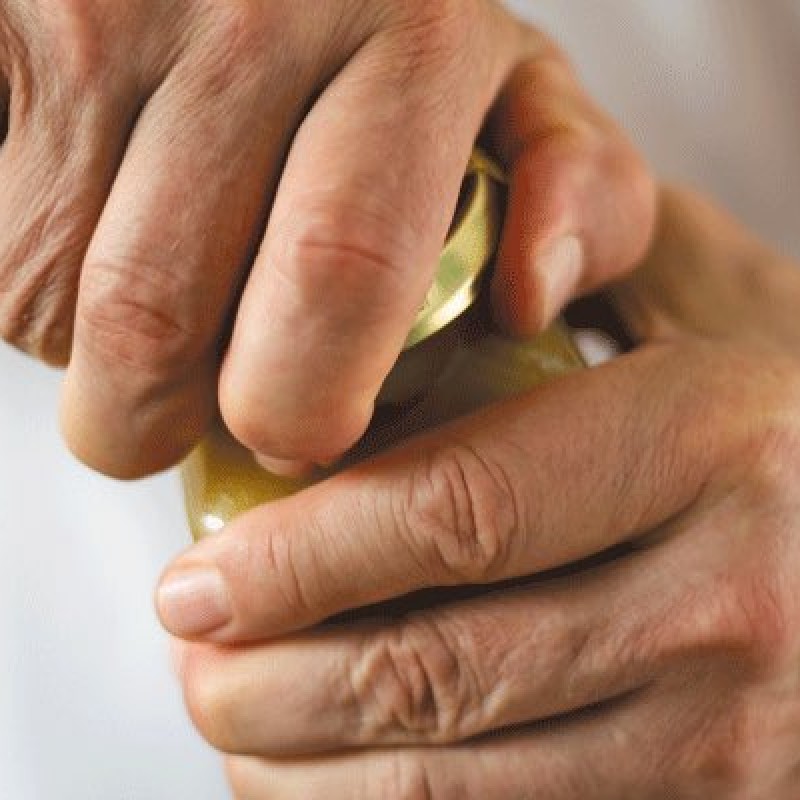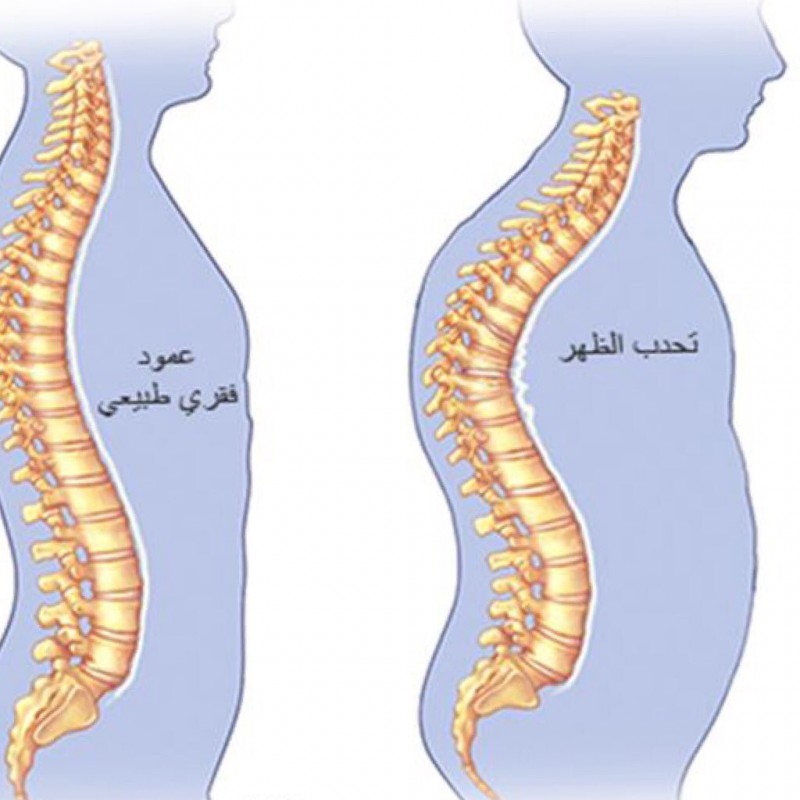Plantar fasciitis is one of the most common causes of pain of heel and sole.
It is inflammation of a thick band of tissue that runs across the bottom of your foot and connects your heel bone to your toes (the plantar fascia).
Plantar fasciitis usually causes stabbing pain that usually occurs with your first steps in the morning.
The pain usually lessens with getting up and moving, but may return after long periods of standing or when standing up after sitting.
Causes
The plantar fascia, shaped like a tendon, supports the arch of the foot and absorbs shock when walking.
If the stress on this tendon gets too high, small tears can occur in the fascia.
Repeated tearing can cause irritation or inflammation of the fascia, although the cause is not clear in many of these cases.
Risk factors
Age: Plantar fasciitis is most common between the ages of 40 and 60.
Certain types of exercise: Activities that put a lot of pressure on the heel, such as long-distance running and jumping, can contribute to plantar fasciitis.
* Technical aspects of the foot:
Flat feet, a high arch, or even an abnormal gait pattern can affect the way weight is distributed when standing and can put extra pressure on the plantar fascia.
* Obesity:
Being overweight can put extra effort on your plantar fascia.
Some of the jobs that require you to stand on your feet:
Factory workers, teachers, and others who spend most of their work hours walking or standing on hard surfaces can damage the plantar fascia.
Complications
Ignoring plantar fasciitis can lead to chronic pain in the heel (heel) or sole of the foot that interferes with your regular activities.
Changing the way you walk as a way to relieve pain from plantar fasciitis, which can lead to foot, knee, hip or back problems.
Diagnosis
Usually no tests are necessary, but an X-ray or MRI may be required to make sure that another problem, such as a stress fracture, is not causing you pain.
Sometimes an X-ray shows a protruding piece of bone (heel nail), which causes heel pain and is removed with surgery.
Treatment
Within several months of taking conservative treatments, including resting and applying ice to the painful area, most people with plantar fasciitis recover.
Pharmaceutical
Pain-relieving medications such as ibuprofen or olefin can help reduce pain and inflammation.
Physiotherapy
A series of exercises to stretch the plantar fascia and Achilles tendon, to strengthen the muscles of the lower extremity, and to wrap the foot with sports tape to support the sole of the foot can relieve pain.
Night splints
Wear a splint on the leg and arch of the foot while sleeping. This stabilizes the plantar fascia and Achilles tendon
Orthotics
Your doctor may prescribe ready-made or specially designed arch supports to help distribute pressure on your foot more evenly.
Injection
Giving steroid medication as an injection into a tender, tender area can provide temporary pain relief. Multiple injections are not recommended.
Endoscopic shockwave therapy
In this procedure, sound waves are directed to the area of pain in the heel to stimulate healing. It is usually used to treat chronic plantar fasciitis that has not responded to many conservative treatments. Some studies show promising results.


